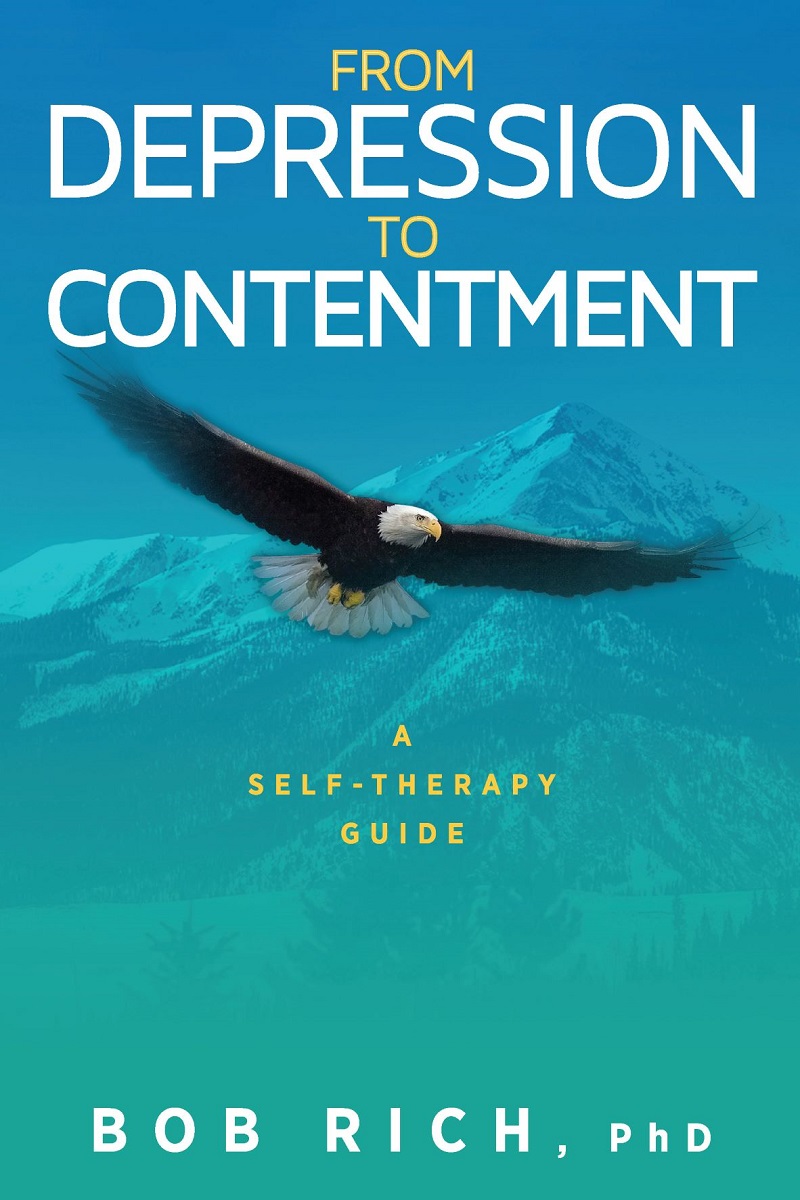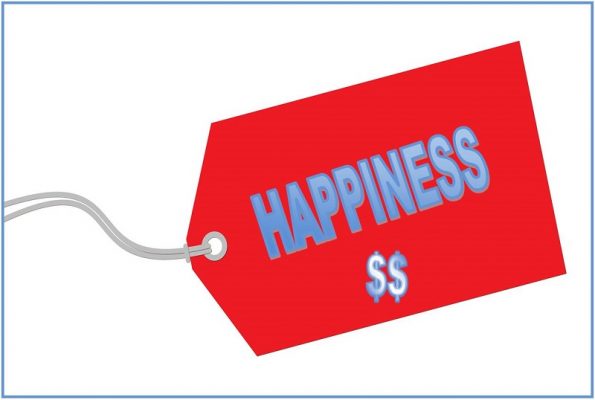Anxiety and Depression
Bob Rich’s Self-Therapy Guide: Staying Sane in a Crazy World
Bob Rich’s book From Depression to Contentment: A self-therapy guide is therapy in your pocket. Depression, anxiety, and other forms of suffering are all too common in our crazy world. Bob teaches you how to rise from that to “normal,” which is the walking wounded, then far above that, to inner strength enabling you to cope in any situation.
Like Charles Dickens did with his novels, Bob has converted this book into a series of posts, free on this site, because he wants to be of benefit. The following is the first excerpt from his book in this series and offers commentary on how to stay sane in a crazy world.
You need to be crazy to stay sane in a crazy world
Pessimism vs. optimism is one of the dimensions of human personality. Interesting research shows that pessimists are consistently more realistic than optimists. This is because reality is far worse than you could think without getting depressed.
Diagnosed depression is a galloping epidemic. The facts are admirably summarized by Tyrell and Elliott at http://www.clinical-depression.co.uk/dlp/depression-information/major-depression-facts/. Their main conclusions are worth repeating:
- Major depression is the No. 1 psychological disorder in the western world. It is growing in all age groups, in virtually every community, and the growth is seen most in the young, especially teens. At the rate of increase, it will be the second most disabling condition in the world by 2020, behind heart disease.
- More than ever, we need to look at alternatives to drugs that will equip us to deal effectively with the triggers that allow depression to take hold again and again. This is where drug treatments fail.
- People of all ages, backgrounds, lifestyles, and nationalities suffer from major depression, with a few exceptions.
- Up to 20% of people experience symptoms of depression.
According to Martin Seligman, depression in 1984 was 10 times as frequent as in the 1950s.
So, if you’re depressed, it’s not the fault of your biology, individual circumstances, or personality, but of the world you live in. Maybe you’re just smarter and more perceptive than others who are lucky enough to carry on OK in a toxic culture.
If depression was mainly a matter of heredity, it wouldn’t be a growing problem. The fact of its rapid increase points the finger at society, not the individual. Nevertheless, the causation of any psychological reaction is always complex. To learn to gain a less painful way of reacting, we need to understand what leads us to extended periods of sadness. So, read on!
This is a user’s guide.
Depression is a way of seeing the world; a way of being. It isn’t a disease, a disorder, or a chemical imbalance. It’s not something you are, or have, but something you DO.
There is a lot of evidence for my statement, but this is a user’s guide, not some academic treatise. I am not interested in getting into scholarly arguments.
The causes, nature and treatment of depression are best described in an excellent article Michael Gathercole published in the Australian Journal of Counselling Psychology in 2004. It didn’t make the impact it should have, so I’ve reproduced it with permission on my website http://anxietyanddepression-help.com as “An important NEW MODEL OF DEPRESSION.” And that’s almost all the academic stuff you’ll get from me in this book.
I have two credentials for writing this user’s guide.
First and most important, I personally lived with depression from infancy. Without realizing it, I started to do therapy on myself when I was 21. By 23, I had it in control all by myself. A crash would come occasionally — then I fixed it. This went on for another 20 years. When I was 43, I noticed that the depression was gone. Previous invariable triggers failed to drag me down. (My personal journey is described in two of my books: Anikó: The stranger who loved me and Ascending Spiral: Humanity’s last chance).
If I could do it, you can do it. I did have a relapse in 2011, as a reaction to a loss I hadn’t thought would affect me. Using the tools I’d developed to cure myself, I returned to contentment in three weeks.
Second, I have a Ph.D. in psychology, and provided psychotherapy for decades. So, I do understand all the science, and know what I am talking about. If I could be successfully of service to my clients, I can be successfully of service to you.
As with any manual, you need to DO what it recommends. You can’t learn tennis by reading a book about how to do it. You can’t change your world by reading a book about how to do it.
I’ll start with first aid, which helps everyone in any situation. Then we’ll get an understanding of depression, and finally go onto the specifics of living a contented life, even if we are on the planet of the insane (“normal people” who do what everyone does).
– Dr. Bob Rich










One thought on “Bob Rich’s Self-Therapy Guide: Staying Sane in a Crazy World”
Comments are closed.